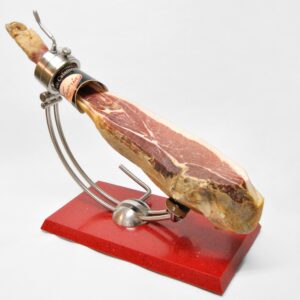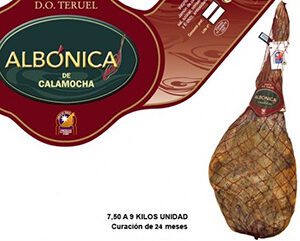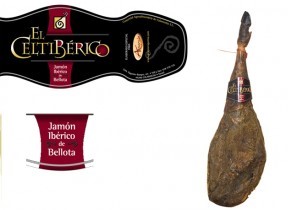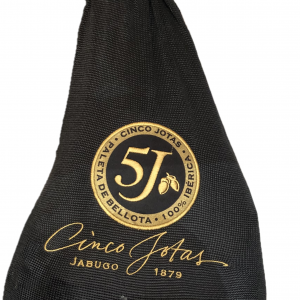No products in the basket
Free shipping from 80 €
Free shipping from 80 €
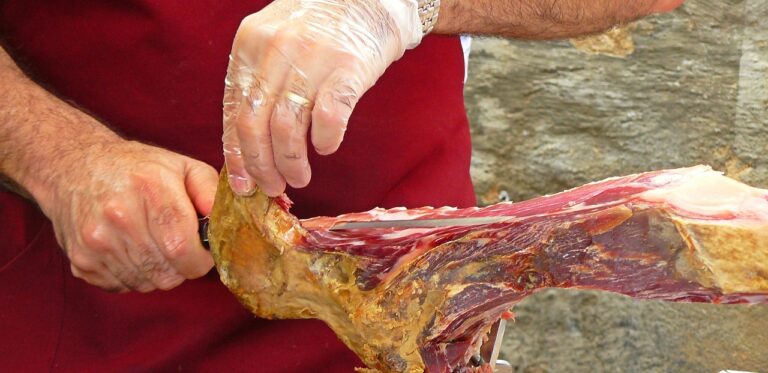
You will need a cutting support to hold the ham in place while you cut it and of course a knife.
This support is also called “Jamonero”
You will find many types of supports, the most important is to have a Jamonero that firmly holds your ham in place.
You will absolutely need a ham knife.
It is recognizable by its long thin and flexible blade.
Some have holes or dimples in the middle of the blade, this prevents the ham from sticking to the blade and therefore facilitates the separation of the slices.
You will also need a boning knife.
The ham must be firmly held inside the holder to prevent it from moving. Always hold the ham with one hand while cutting with the other hand, so it is important that the hand holding the ham is always higher than the hand holding the knife. Cuts should always be made in the opposite direction of your hand. This will prevent you from cutting yourself.
Now that you have prepared your Iberian ham thigh, you can start cutting it into thin slices. Make sure to trim each slice in the same direction and use tongs if desired to pull the slices out as they begin to pull away from the body of the ham.
The slices can be continuously parallel to each other, following the contours of the ham. The slices must be as thin as possible, as transparent as possible.
You can then place your slices of Iberian ham on a plate or tray, inserting them in a single layer that overlaps slightly.
Let your slices of Iberian ham come to room temperature to taste them.
If you haven't cut all your ham, you can replace the pieces of fat on the uncovered pieces of meat.
The fat thus replaced will prevent your ham from drying out too quickly.
You can also see our article dedicated to the conservation of ham .
